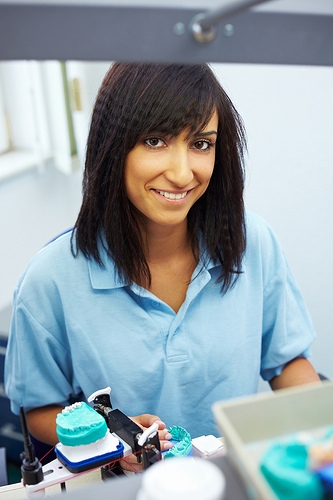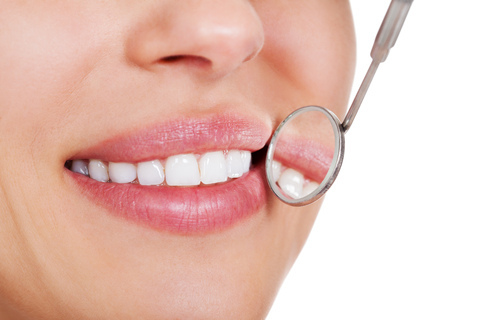Alleviate Tooth Sensitivity
February 24th, 2021

There’s nothing like the simple seasonal pleasures. What’s more enjoyable than a cup of hot apple cider on a blustery winter day, or a tall glass of ice water in the middle of a summer heatwave? Until, that is, tooth sensitivity makes that hot or cold treat no treat at all. If untimely tooth sensitivity is causing you problems, there are solutions we can offer!
Improving Brushing Technique
Careful brushing is a wonderful habit to get into, but sometimes there can be too much of a good thing. Over-energetic brushing can actually damage our enamel. And underneath that enamel is dentin, a more porous substance which allows heat and cold to reach the more sensitive inner tooth.
But, please, don’t give up on brushing! Switching to a soft-bristled or electric toothbrush and a toothpaste designed for sensitive teeth can make a world of difference. Dr Karina Gregg can recommend the most effective and safest way to brush, as well as suggest toothpastes designed to fight tooth sensitivity. Until you recover, now is the time to avoid acidic and sugary foods and drinks (which can also bother sensitive teeth) and home tooth-whitening products as well.
Preventing Gum Disease
When gum disease progresses, the gums can begin to pull away from the teeth. This recession exposes part of the root area, which is much more sensitive to heat and cold. Regular checkups and cleanings can keep gum disease from developing. Gum disease that is already present can be treated, and we can discuss whether more intensive care, such as a gum graft, is advisable to protect the root area.
Treating Injuries to the Tooth
If you have a cavity, a fracture, or another injury to the tooth or nerve, sensitivity is a good sign that you should call us right away. And, sensitivity is a symptom that can disappear when we restore the compromised tooth, whether it requires a new or replacement filling, a crown, or a root canal. If your teeth are more sensitive as a result of tooth grinding or other orthodontic problems, we can identify those issues as well.
No matter the reason for your tooth sensitivity, we want to work with you to find out the cause of the problem and to find a solution for it. Call our San Marcos, CA office if you notice any unpleasant or painful reactions to temperature, foods or even wind and air. Whether it’s advice on correcting your brushing style or treating tooth and gum conditions, we are here to help you.






 Website Powered by Sesame 24-7™
Website Powered by Sesame 24-7™